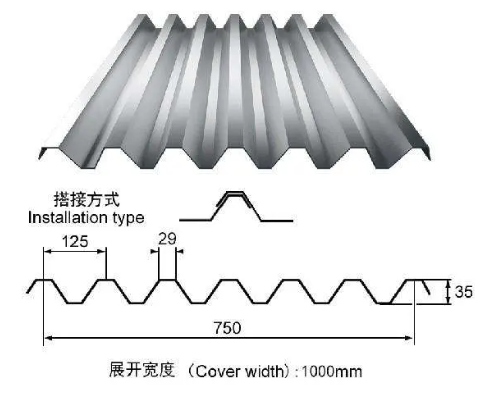Processing Solutions for Precision Cut-to-Length Equipment Technologies
Cut to Length Equipment Enhancing Precision and Efficiency in Manufacturing
In the realm of modern manufacturing, precision and efficiency are paramount. One of the key technologies that facilitate these attributes is cut to length equipment. This specialized machinery is designed to handle various materials, including metals, plastics, and composites, allowing manufacturers to achieve precise cut lengths in a streamlined manner.
Cut to length equipment operates by feeding coils of material through a series of rollers and cutting mechanisms that slice the material into predetermined lengths. The process begins with the unwinding of a coil, which is then passed through multiple tensioning and leveling stages. These stages ensure that the material is free of defects and uniformly flat before it reaches the cutting section. The advanced control systems integrated into this equipment enable operators to program specific lengths with high accuracy, thus minimizing waste and optimizing production.
One of the significant advantages of cut to length equipment is its ability to significantly reduce manufacturing time. Traditional cutting methods, which often involve manual measurement and cutting, can be time-consuming and prone to human error. In contrast, automated cut to length systems can process large volumes of material quickly, transforming coils into usable sheets or strips in a fraction of the time. This increase in speed not only boosts productivity but also allows manufacturers to respond more effectively to fluctuating market demands and customer specifications.
cut to length equipment

Additionally, the precision offered by cut to length equipment is unparalleled. With advanced sensors and feedback systems, these machines can maintain tight tolerances, ensuring that each cut meets the required specifications. This level of accuracy minimizes rework and scrap, significantly contributing to cost savings. For industries where every millimeter counts—such as automotive, aerospace, and construction—having precision cutting capabilities can be a game-changer.
Moreover, the versatility of cut to length equipment adds to its appeal. It can be adjusted to accommodate various materials and thicknesses, making it suitable for a wide range of applications. From producing metal sheets for automotive body parts to ensuring consistent strip lengths for packaging, cut to length systems can be tailored to meet diverse production needs.
Sustainability is another critical aspect of modern manufacturing, and cut to length equipment contributes positively to eco-friendly practices. By reducing material waste through precise cutting, companies can minimize their environmental footprint. Many advanced systems are also designed with energy efficiency in mind, incorporating features that reduce power consumption during operation.
In conclusion, cut to length equipment plays a vital role in enhancing the efficiency and precision of manufacturing processes. By automating the cutting of various materials into exact lengths, these systems not only save time and reduce errors but also support sustainable practices. As industries continue to seek ways to improve productivity while maintaining quality standards, the importance of reliable cut to length equipment cannot be overstated. With ongoing advancements in technology, the future of this equipment promises even greater efficiencies and capabilities, ensuring that manufacturers remain competitive in an ever-evolving landscape.
-
Roof Panel Machines: Buying Guide, Types, and PricingNewsJul.04, 2025
-
Purlin Machines: Types, Features, and Pricing GuideNewsJul.04, 2025
-
Metal Embossing Machines: Types, Applications, and Buying GuideNewsJul.04, 2025
-
Gutter Machines: Features, Types, and Cost BreakdownNewsJul.04, 2025
-
Cut to Length Line: Overview, Equipment, and Buying GuideNewsJul.04, 2025
-
Auto Stacker: Features, Applications, and Cost BreakdownNewsJul.04, 2025
-
Top Drywall Profile Machine Models for SaleNewsJun.05, 2025








